Sable fur coats are a display of fine taste . Silky , lightweight and with unique sheen are some of the traits that set them apart from the rest. Once reserved for the royalty , sable fur coats are not for everyone but for a few selected individuals.
Products List
- Product
- Qty in Cart
- Quantity
- Price
- Subtotal
-
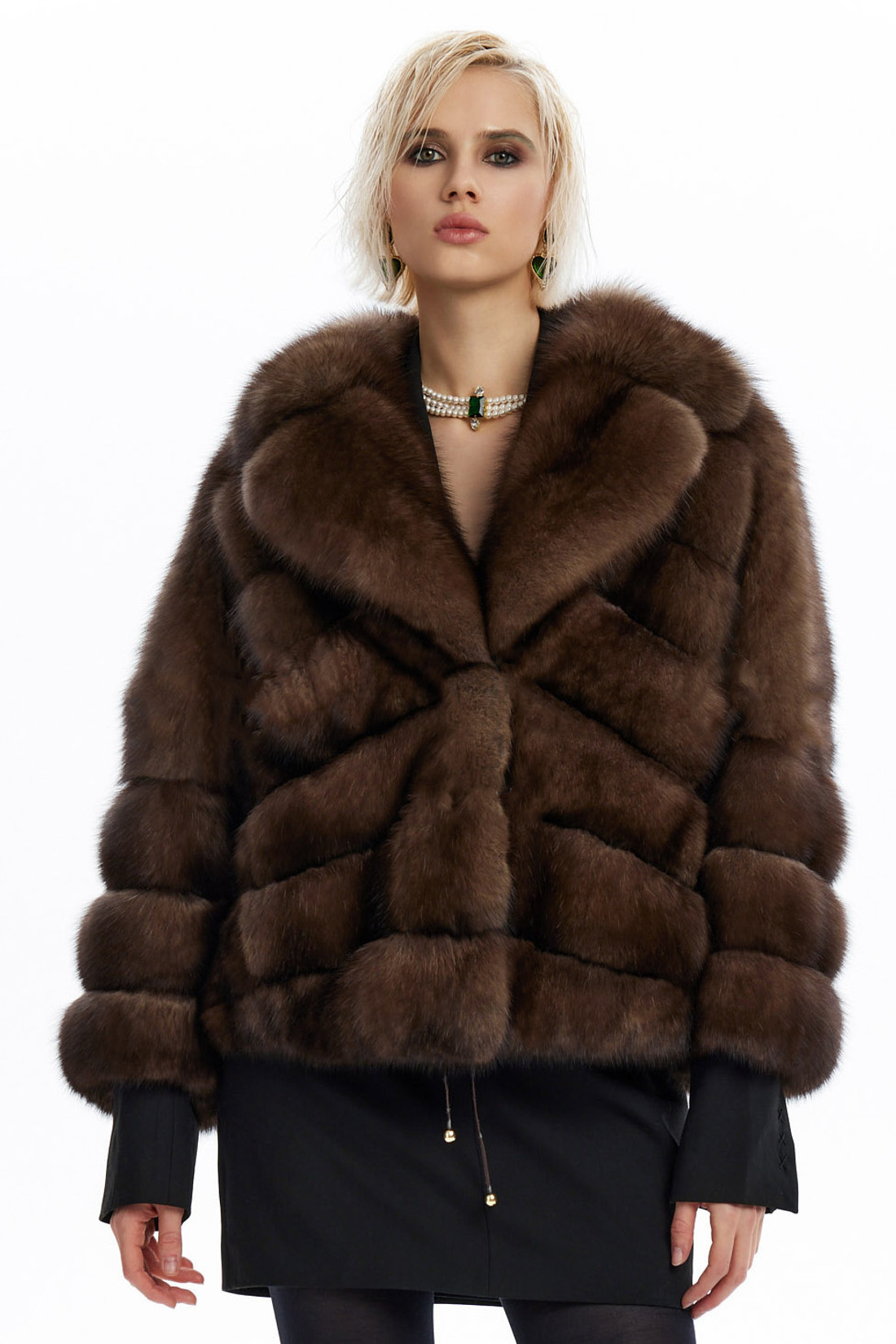
 - 15%
- 15% -

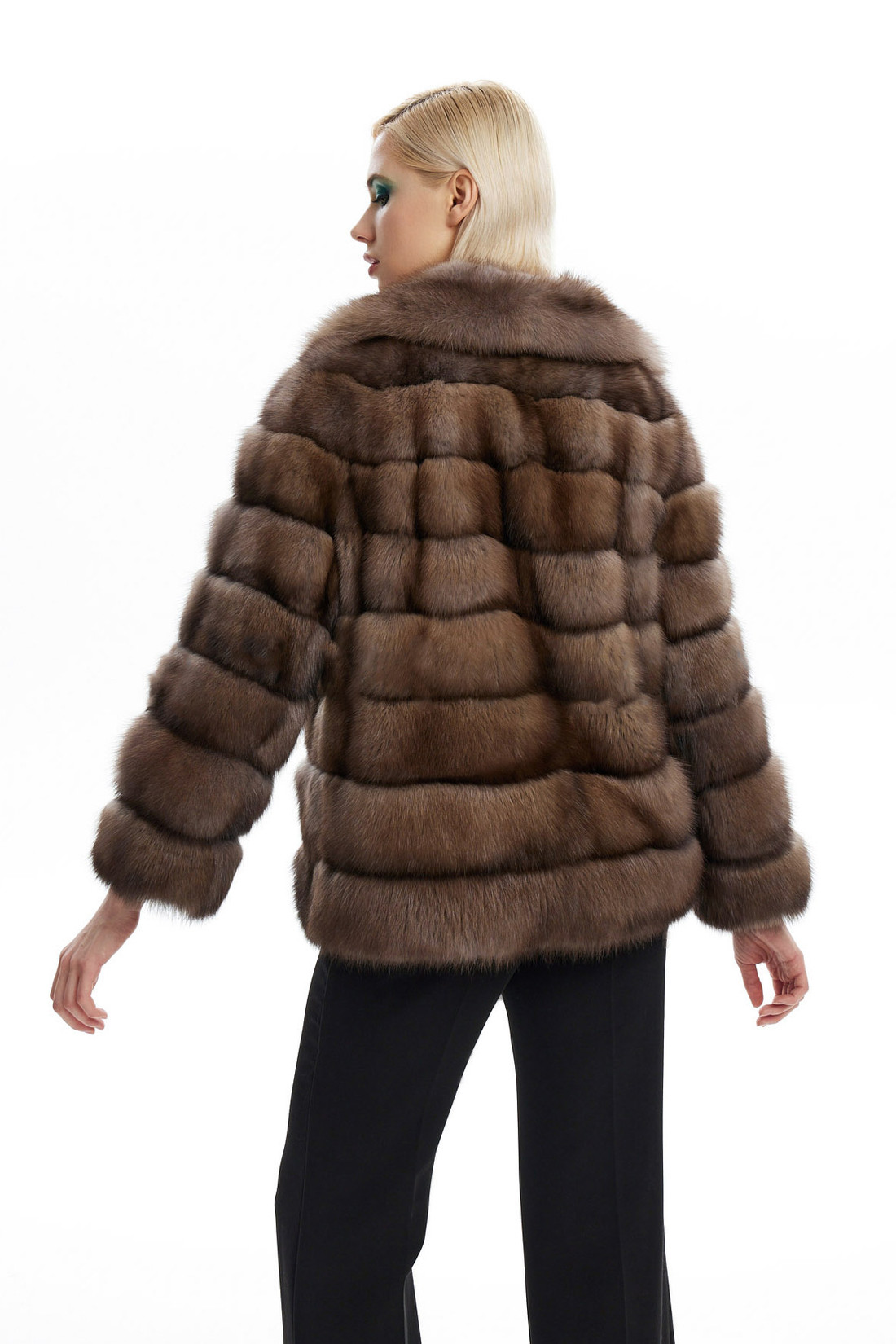 - 15%
- 15% -

 - 15%
- 15% -

 - 15%- 15%
- 15%- 15%Sable Bomber Jacket Sanaa
$7,386.50$8,690.00Introducing this luxurious dark brown sable fur jacket, designed to balance style and comfort effortlessly. The straight cut offers a modern silhouette, making it an ideal layering piece for various occasions. Featuring a cozy hood with drawstrings, this... -

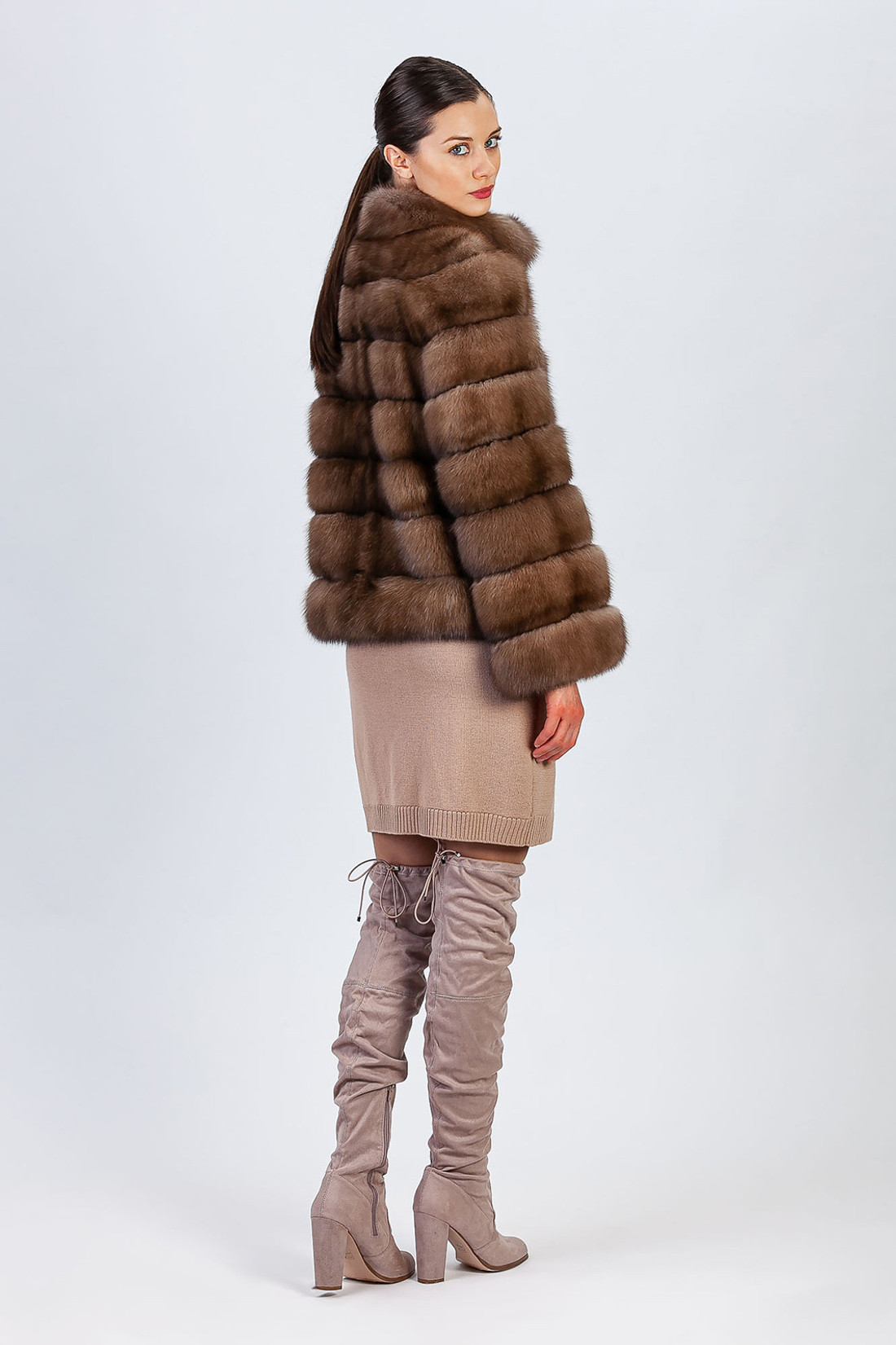 - 15%- 15%
- 15%- 15%Sable Fur Coat Marith
$5,423.00$6,380.00Experience the perfect blend of comfort and sophistication with this luxurious hip-length brown sable fur coat. Designed with a chic turtleneck collar, this coat adds warmth and style, making it a versatile addition to your wardrobe. The boxy cut... -

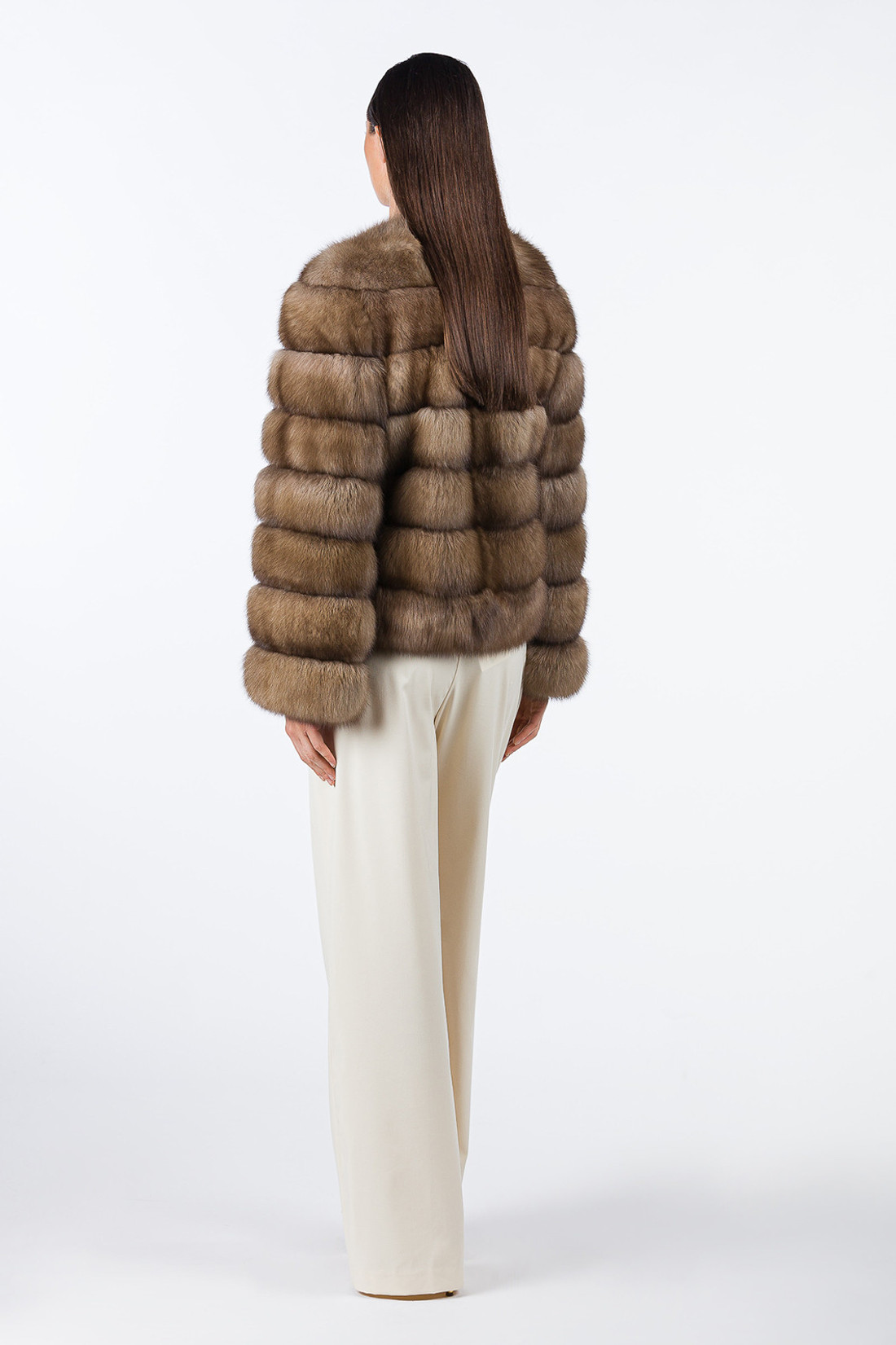 - 15%- 15%
- 15%- 15%Sable Fur Coat Juta
$5,423.00$6,380.00Introducing this elegant collarless brown sable fur jacket, a perfect blend of sophistication and modern design. The slightly tapered waist creates a flattering silhouette, enhancing your natural shape and the overall fit is snug. -

 - 15%- 15%
- 15%- 15%Sable Fur Bomber Thyra Hooded
$6,358.00$7,480.00Elevate your outerwear collection with this chic short hooded brown sable fur jacket. Crafted for style and comfort, this jacket features a straight fit that flatters all figures while allowing for effortless layering. The cozy hood provides added warmth... -
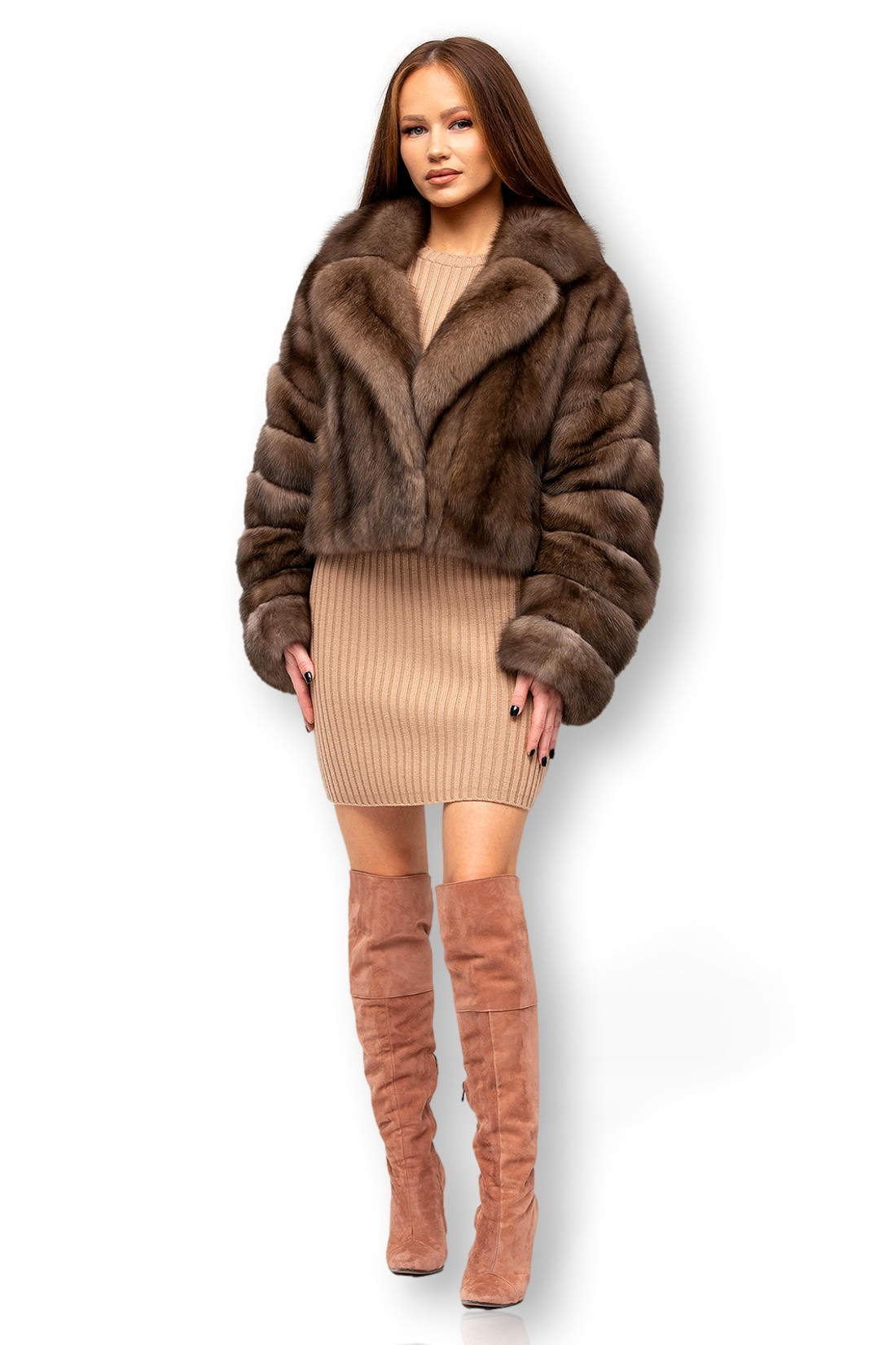
 - 15%- 15%
- 15%- 15%Sable Fur Jacket Birgetta
$6,077.50$7,150.00Introducing this luxurious waist-length brown sable fur coat, a perfect blend of modern design and timeless elegance. Featuring a seamless shawl collar, this coat exudes sophistication while providing warmth and style. The distinctive horizontal panel... -

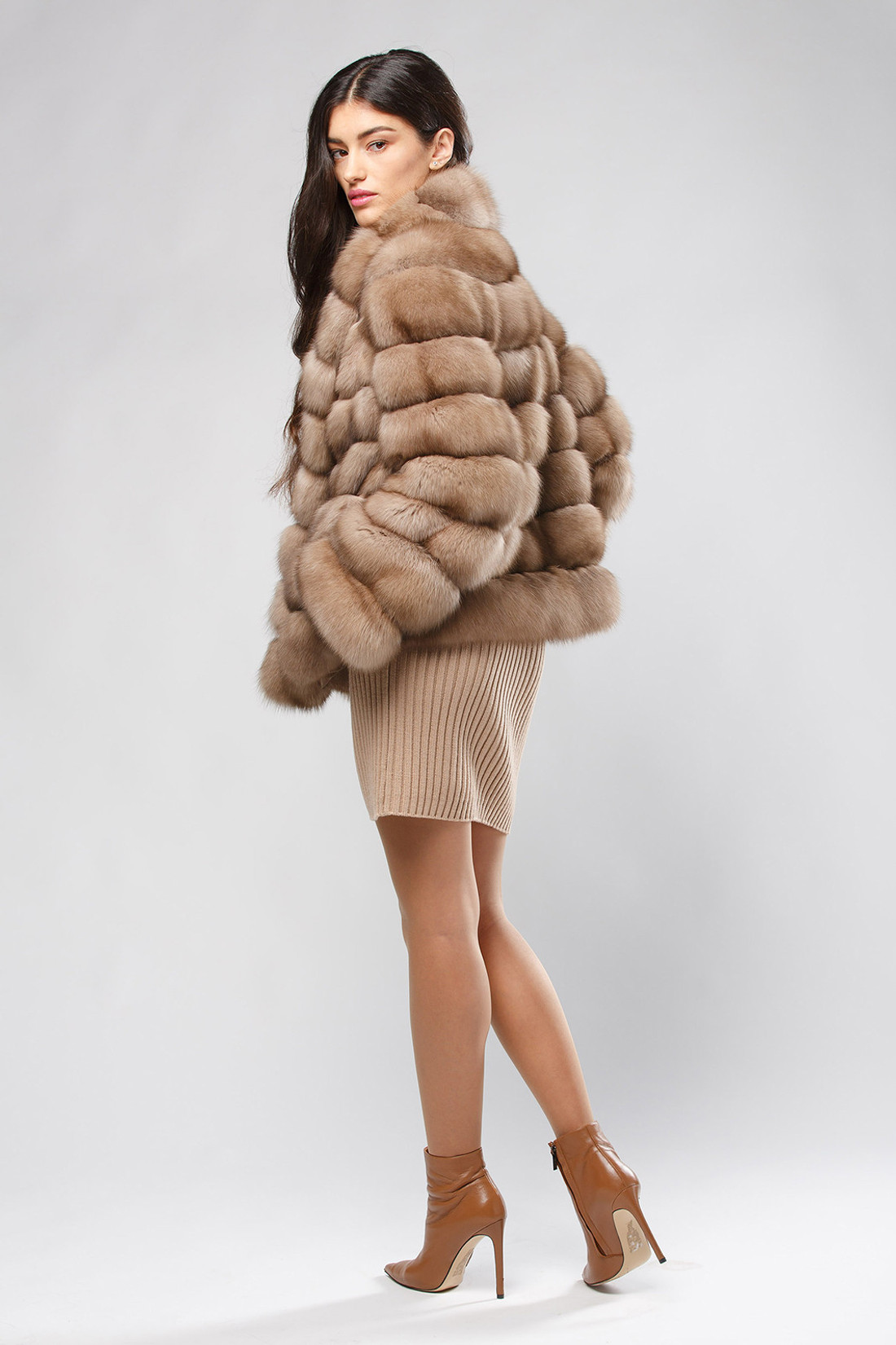 - 15%- 15%
- 15%- 15%Sable Fur Coat Synneva
$6,077.50$7,150.00Elevate your elegance with this stunning light beige sable fur coat, designed to offer both warmth and sophistication. The A-line silhouette flatters all body types, providing a graceful drape that enhances any outfit. Featuring a luxurious waterfall... -

 - 15%- 15%
- 15%- 15%Sable Fur Coat Kristianna
$7,947.50$9,350.00Introducing the light brown sable fur coat. The A-line silhouette offers a flattering fit, gracefully draping over the body while providing comfortable movement. A short stand-up collar adds a refined touch and warmth, perfect for chilly days. The coat... -

 - 15%- 15%
- 15%- 15%Hooded Sable Vest Ronia
$6,077.50$7,150.00Transform your wardrobe with this stylish light brown sable fur vest, designed for both comfort and sophistication. Featuring a flattering tapered waist, this hip-length vest accentuates your silhouette while providing a cozy fit. The oversized hood adds... -

 - 15%- 15%
- 15%- 15%Sable Fur Coat Liselott
$16,830.00$19,800.00Introducing this elegant dark brown sable fur coat, a timeless addition to your wardrobe. With its classic A-line silhouette, this 3/4 length coat flatters all body types while providing a sophisticated and refined appearance. The luxurious waterfall...

 € (EUR)
€ (EUR)
 рубли́ (RUB)
рубли́ (RUB)
 £ (GBP)
£ (GBP)
 C$ (CAD)
C$ (CAD)
 A$ (AUD)
A$ (AUD)
 ¥ (JPY)
¥ (JPY)
 BRL (BRL)
BRL (BRL)


